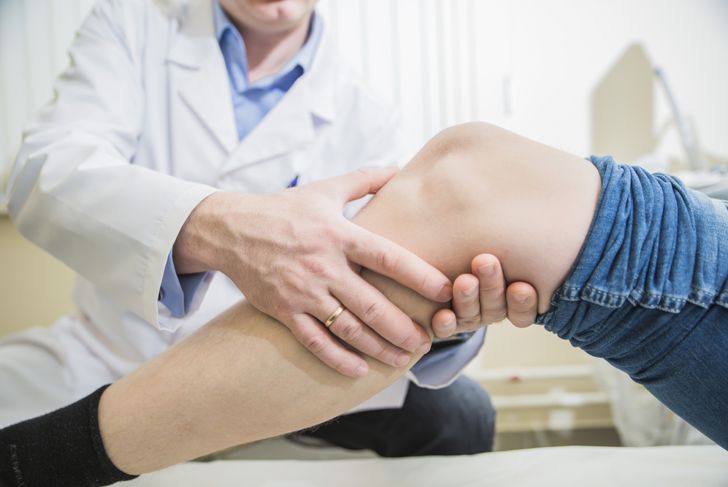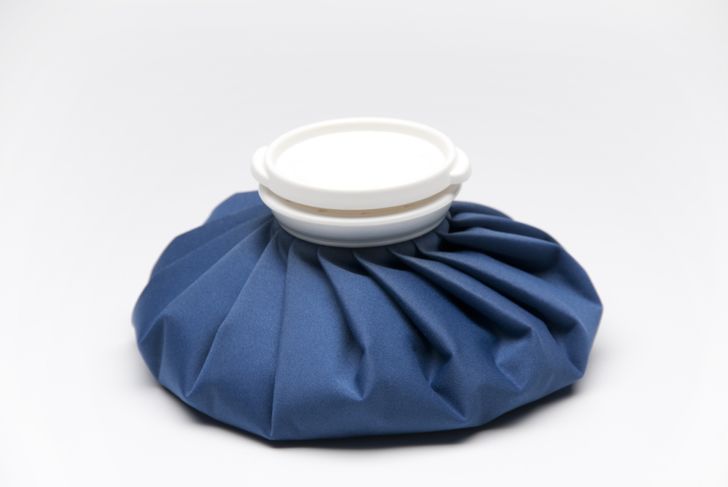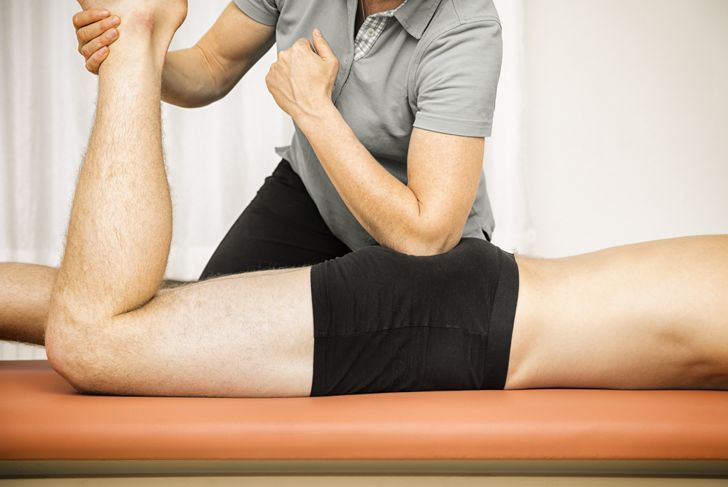The piriformis muscle is a deep muscle in the buttock located beneath the gluteus maximus. Piriformis syndrome occurs when this muscle becomes swollen, inflamed or ‘tight’ and compresses the sciatic nerve which runs through it. Piriformis syndrome is not visible externally. It can happen as a result of injury, or it can develop over time from overuse or misuse of the muscle. The following symptoms and treatments are common among those who suffer from piriformis syndrome.
Pain, tingling, or numbness in the buttocks
Piriformis syndrome is one of the few conditions which can cause posterior hip pain. The pain from the swollen or inflamed muscle can be felt from the top of the hip and across the whole affected side. Symptoms may be aggravated by hip flexion, adduction, and internal rotation—which are the movements that the piriformis muscle assists in. Piriformis syndrome can often be misdiagnosed because it is not a common condition.
Pain down the back of the thigh and calf
When the piriformis muscle is tight, it can pinch the sciatic nerve—the largest single nerve in the human body which runs from the lower spine through the buttock all the way down to the foot. When the sciatic nerve is compromised and causes pain, it is referred to as sciatica. It can cause pain originating from the buttock and radiating down the back of the whole leg. The cause of sciatica can also be hard to diagnose—it is a symptom of compression of the nerve, usually caused by a herniated disc. Once disc problems are ruled out, piriformis syndrome may be considered. The origin of pain may differentiate the two—sciatica caused by herniated disc may cause pain in the low back and all the way down the leg. Sciatic pain caused by piriformis syndrome will originate from the buttock with pain that is more intense above the knee.
Pain when walking up stairs
Walking on an incline or climbing steps can exacerbate symptoms of piriformis syndrome. These movements engage the muscle, causing it to press against the sciatic nerve, resulting in sharp, intense, or burning pain.
Pain that is exacerbated after sitting
The most common reason a person may develop piriformis syndrome is due to long periods of sitting. Constant pressure on the piriformis muscle can cause it to develop a spasm—especially if the person is not physically active. A person with this type of piriformis syndrome may experience worse pain after sitting. If you work in a profession which requires long periods of sitting, make sure to carve out time for exercise each day. Get up every hour or so during work to stretch your arms and legs to prevent this type of injury.
Reduced range of motion
The piriformis is involved in a number of movements. It laterally rotates the femur with hip extension and abducts the femur with hip flexion. It helps during walking with shifting weight from one foot to the other. When a person is suffering from piriformis syndrome, movements of the femur—or the thigh—may be compromised. Raising the leg, walking up stairs, rotating the thigh—these things may prove nearly impossible when a person is suffering from piriformis syndrome.
Treatment: Ice and/or heat
Since an inflamed piriformis muscle may cause piriformis syndrome, ice can help reduce symptoms by reducing inflammation in the muscle. Place an ice-pack on the affected area for 15-20 minutes every 3-4 hours. Do not place ice directly on the skin to avoid an ice burn. Some people find relief in switching between cold and heat. Take a hot bath or apply heat for 20 minutes each day for relief.
Treatment: Deep tissue massage
The piriformis is a deep muscle because it lies deep in the buttock beneath the gluteus maximus. An experienced massage therapist or physical therapist can reach the muscle to do compression and relieve muscle tension. This type of massage can be painful because when the muscle is tight, it is resistant to pressure. The massage therapist will knead out ‘knots’ and return flexibility to the muscle, taking pressure off the sciatic nerve.
Treatment: Stretches
Certain stretches and poses can strengthen other parts of the body and loosen up the piriformis muscle. It is a good idea to get instruction from a physical therapist or professional trainer to make sure that you are executing the poses correctly. Ask your trainer to observe you to make sure that you have the correct technique. Continue to stretch daily to develop good posture to reduce stiffness and inflammation throughout the body—and especially in problem areas.
Treatment: Rest
If you’re having an especially painful day, don’t try to “walk it off.” The best way to heal is to rest in positions that feel good. Avoid sitting for long periods of time when you are prone to piriformis pain, and learn the signals when a flare-up is around the corner.
Treatment and prevention: stay fit
When all of your muscles are strong, you are less likely to have spasms and pain in one particular muscle. Staying fit and active including stretching, weight training, and cardio, will help you to feel better overall. Keep doing your piriformis stretching and strengthening exercises along with your general fitness routine to stay pain-free. Piriformis syndrome can be debilitating. Luckily, there are many things you can do at home to prevent this ailment, as well as many ways to treat it.

 Home
Home Health
Health Diet & Nutrition
Diet & Nutrition Living Well
Living Well More
More




















